Zebrafish Research blog posts
Discover the importance of zebrafish as a model organism in behavior research. Learn how studies on zebrafish can reveal valuable insights into genetic disorders, learning and memory, developmental biology and even social behavior.
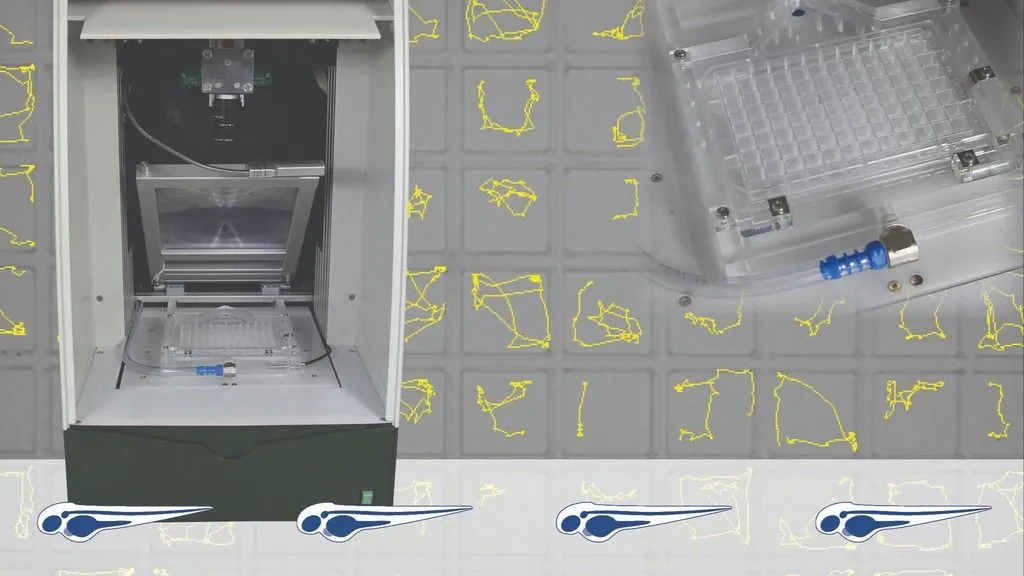
18 Nov
animal behavior research
Zebrafish Research
What can I use DanioVision for?
Researchers use zebrafish of all life stages, from embryo's to full adults. These researchers do high-throughput research and are therefore in need of a good automated system. DanioVision is the best tool for this type of research.
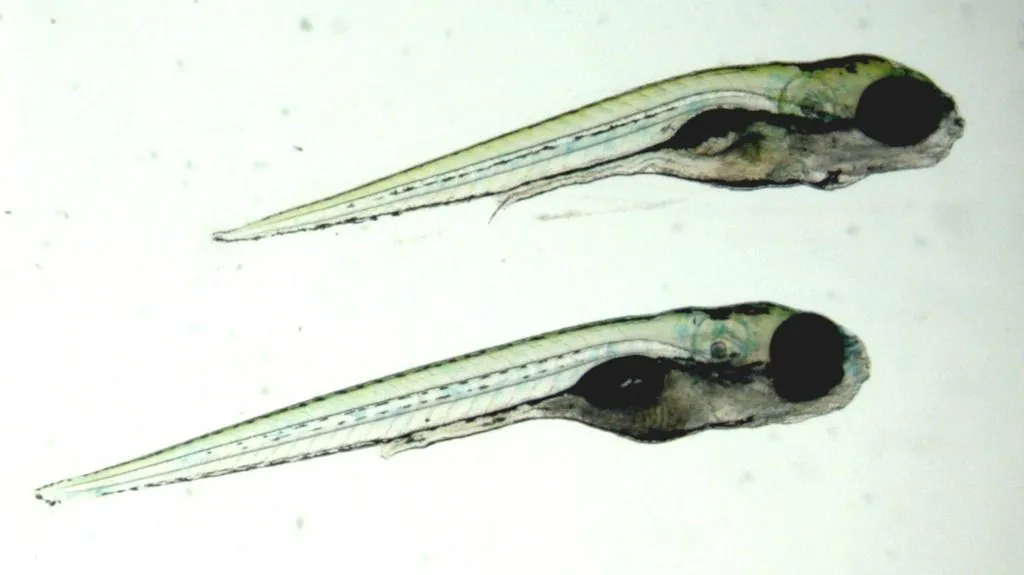
18 Apr
animal behavior research
Zebrafish Research
Tiny plastics, big problems: do nanoplastics affect neurodevelopment?
Nanoplastics are everywhere in the news nowadays. But how exactly do they influence our development. Researchers used DanioVision and EthoVision XT to track the development and behavior of exposed zebrafish. Keep reading to see their results
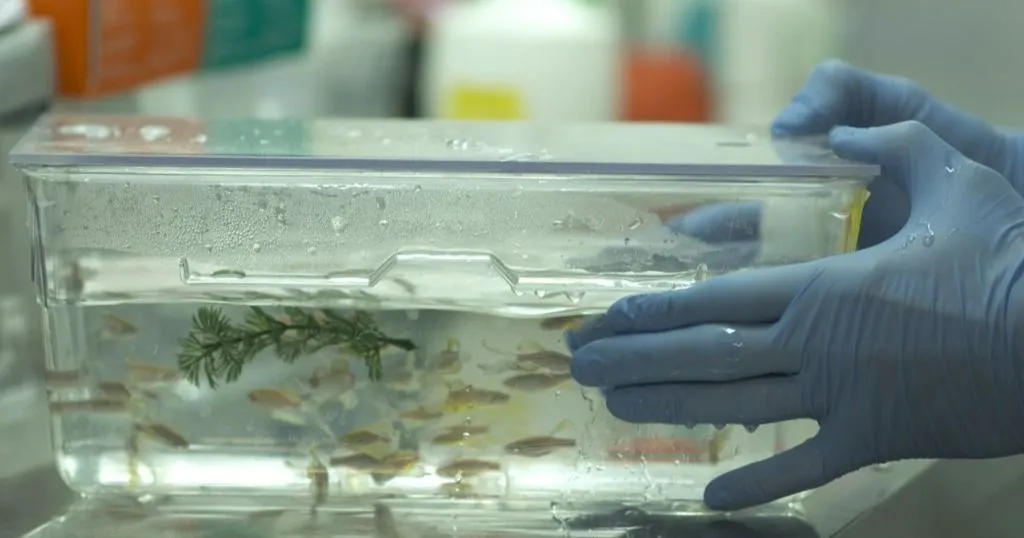
02 Nov
animal behavior research
Zebrafish Research
Zebrafish Research made easy: a dive into the Gerlai Lab
Recently, we published a customer story on the Gerlai Zebrafish Lab in Toronto. In this blog we would like to tell you about the things we learned that could not fit into the video.
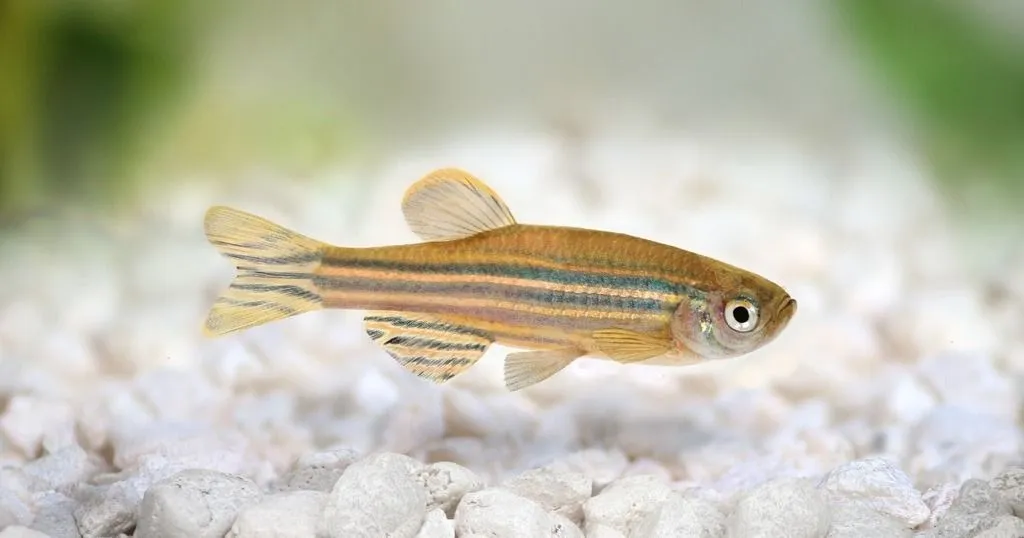
14 Sep
animal behavior research
Zebrafish Research
The effect of environmental levels of lead on zebrafish development
Lead exposure has a negative influence on the developing brain and body. Zebrafish research allows us to understand the effects of lead poisoning on the different stages of life.
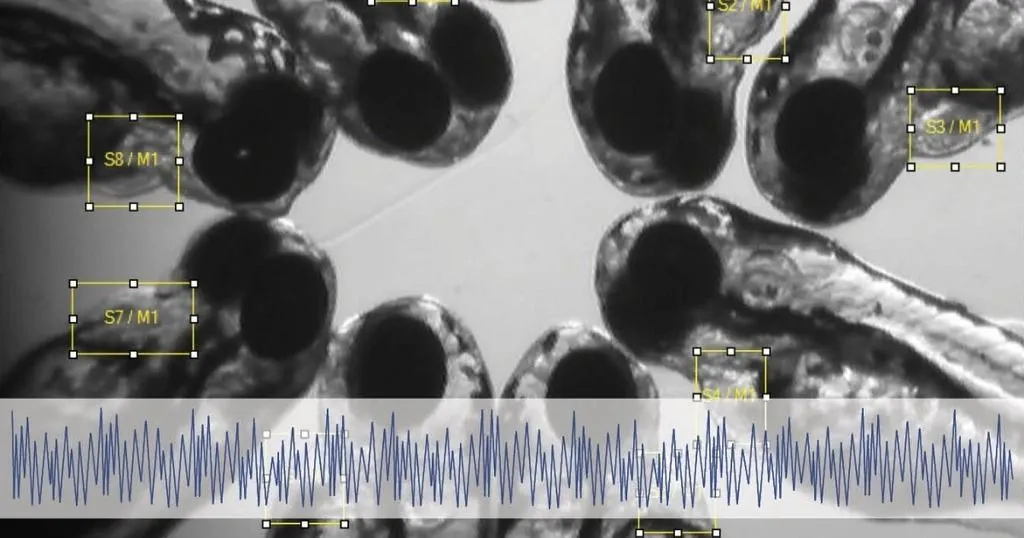
30 May
animal behavior research
Zebrafish Research
Breathe easy, a novel approach to monitoring respiratory activity in zebrafish
Researchers from the University of Heidelberg used DanioScope in a novel way to objectively measure breathing in zebrafish embryos and larvae.
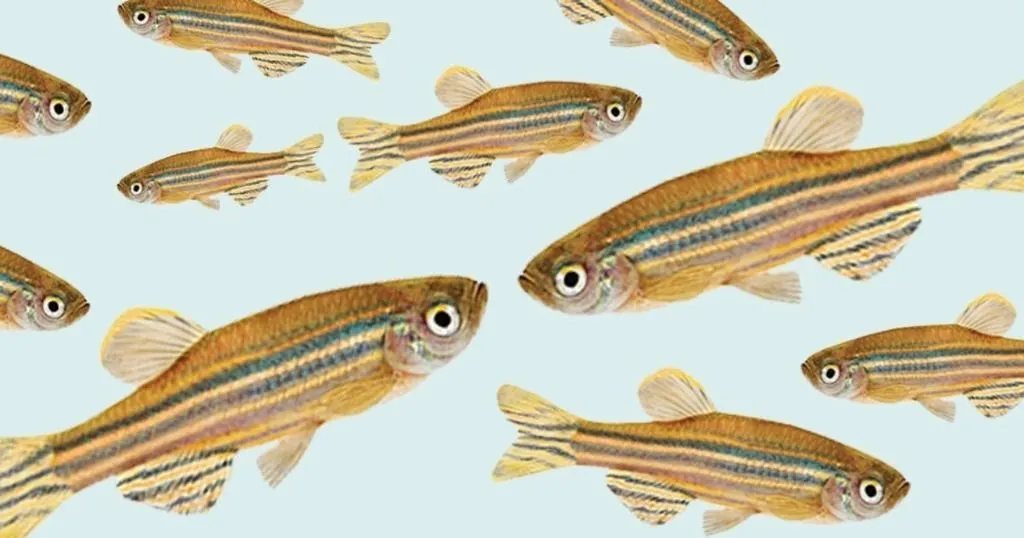
11 May
animal behavior research
Zebrafish Research
Are fish empathic?
Ever wondered if fish can be empathetic towards each other? Find out in this blog how oxytocin plays a role in fish behavior!
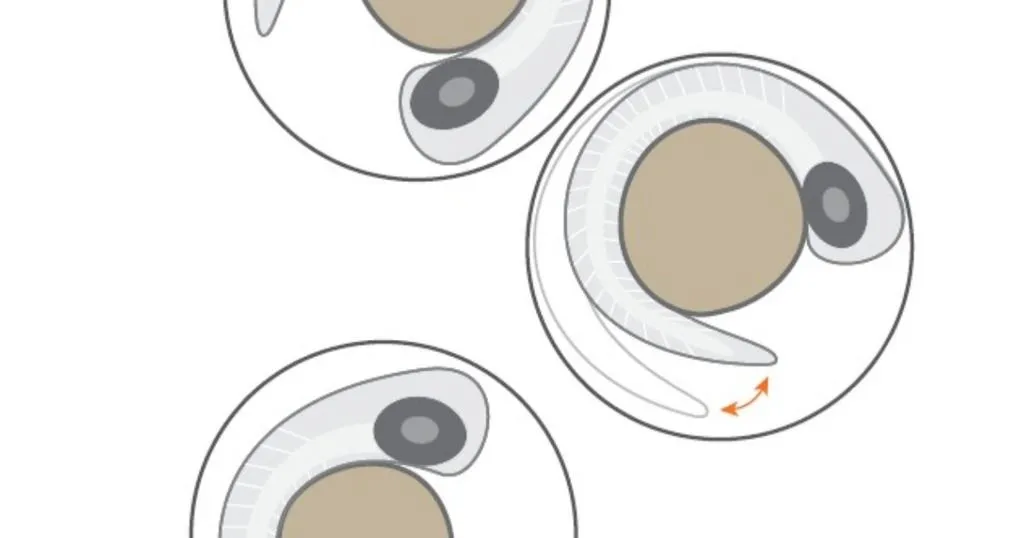
23 Mar
animal behavior research
Zebrafish Research
Using zebrafish as an early warning system of neurotoxic substances
How can we use a zebrafish (Danio rerio) embryo model to detect possible neurotoxic chemical mixtures that are difficult to detect with normal chemical analyses?
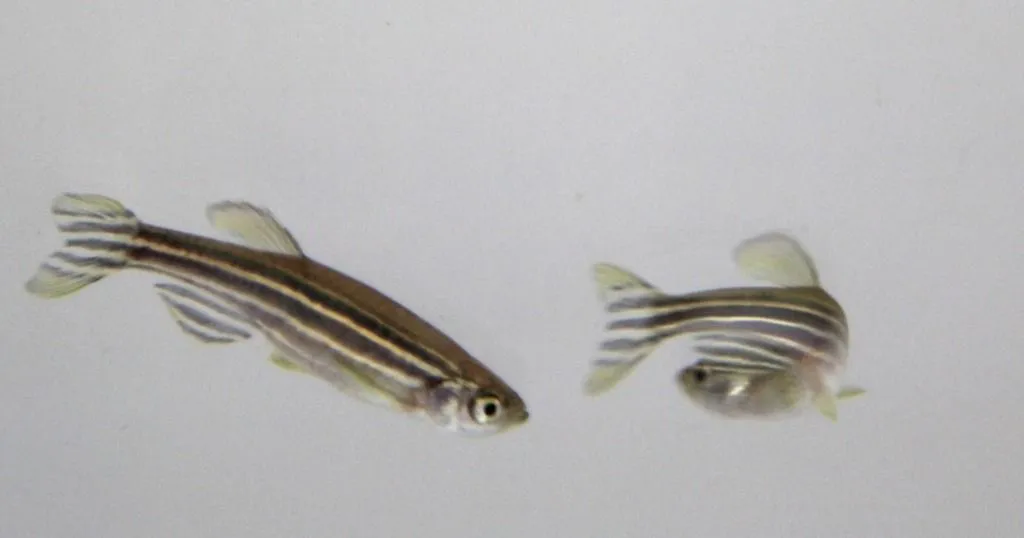
01 Feb
animal behavior research
Zebrafish Research
Zebrafish behaviors shows true effect of chemicals on aquatic animals
Modern industrial processes, agricultural practices and domestic waste result in all sorts of chemicals getting into our waters. CPC is widely used. How does it affect the fish?
06 Oct
animal behavior research
Zebrafish Research
Tracking tiny transparent fish with EthoVision XT
Danionella cerebrum, a recently discovered cyprinid fish, has the smallest known vertebrate brain. What are the behavioral differences or similarities to their zebrafish relatives?
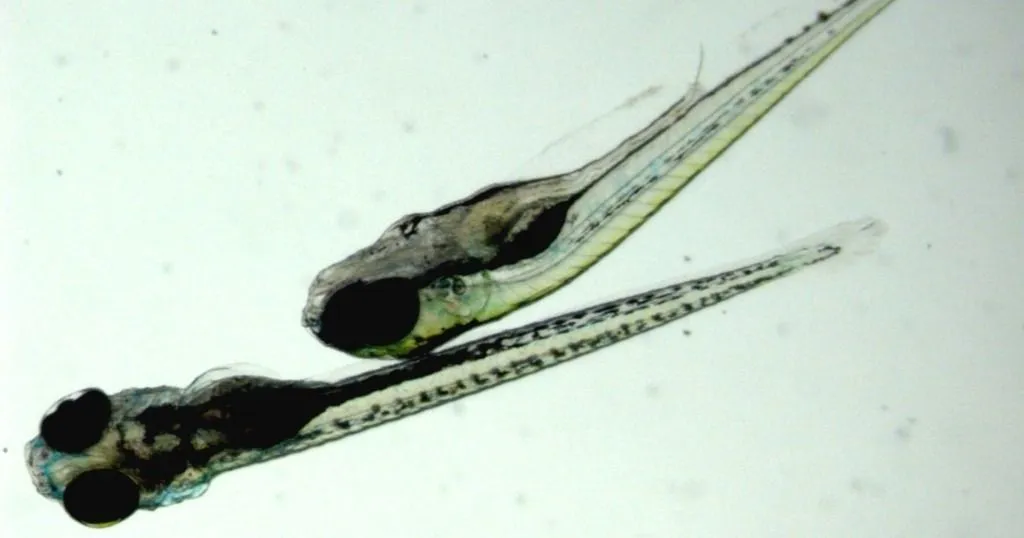
13 Jul
animal behavior research
Zebrafish Research
Behavioral neuroscience in the circular economy: the contribution of Zebrafish
What do Zebrafish and sewage sludge have in common? In this blog their use as a screening tool is highlighted to asses the ecotoxicity in soil.